Written by Jon Davies
Technical Sales Support and Education Manager, Pro Clima New Zealand
Old buildings dry out on their own, allowing internal moisture to migrate through the layers of a building without getting trapped (interstitial condensation). This drying capacity is generally helped by the timber windows being fairly draughty, therefore on a breezy day infiltration levels easily provide enough air movement through a house to dilute CO2 levels and help prevent continuous moisture build-up. The occupants may not be warm in winter, but at least the building fabric itself is dry and durable.
Let's jump to the other end of the comfort scale to a certified Passive House — simply because it is easy to judge as it either meets the standard or it doesn't. These homes take a fabric-first approach to ensure the building envelope (cladding, insulation, framing, lining) work together to ensure code requirements are met. The most significant ones here are H1, E2, E3 and B2. These buildings would typically have a balanced pressure ventilation system to ensure G4 ventilation is actually met in practice — something a normal house (dependant on the actions of the occupants) will struggle to achieve. Due to the nature of the house and sequence of materials chosen, Passive Houses are by design durable. Taking in the best of 35 years of development (the actual standard for the amount of energy required to run, heat and cool has not changed since its inception in 1991) they are both comfortable and predictable.
Concern:
The biggest concern is for all the timber-framed houses with insulation — designs that added insulation but did not take into consideration internal moisture. These houses sit somewhere between older draughty (dry) houses and carefully planned system houses like a certified Passive House.
Emeritus Professor Geoff Duffy (Chemical and Materials Engineering, University of Auckland) summarised this when talking about timber framed construction, moisture content and decay:
"Once moisture has accumulated, it will be there for life. This is due to the lack of significant air movement in the right places to move the moisture out again once the materials are wet. Diffusion is slow enough it might as well be discounted as a mechanism for drying to cope with the moisture levels during construction, and moisture content held above 24% will equate to decay."
His comments are a good reminder that meeting the functional requirement of E3 internal moisture (prevent accumulation of internal moisture) must be carefully planned if you add insulation.
If you are not sure of the processes at work here, you can read more about this (and how knowing where the dew point is may save the building's life) in previous blog entries. It is possible to get it right.
The Best: Materials chosen to complement each other including a form of internal vapour control layer with specific characteristics to prevent moisture loading yet allow drying, ventilation is planned in, thermal bridging is designed out.
The Worst: Poor material choices that argue with each other, poor design based on limited or no understanding of basic physics (let alone building physics), insulation without a vapour control layer to protect it combined with poor occupant action to maintain and ventilate.
Any house with diffusion open walls and with insulation in the way sits in a higher risk category for moisture entrapment and durability issues than buildings. Why? Airtightness is increasing, but it is accidental rather than intentional.
As a slight aside within another construction method:
Masonry construction with block walls or tilt-slab, are not by default the perfect solution either. These structures will also have moisture entrapment issues if fibrous insulation is installed on the inside face. Masonry walls should be insulated to the outside, that is, insulation should sit on the outside of the mass. This will avoid condensation forming on the inside face because the mass and internal surface is kept continuously above the dew point. Another benefit here is creating a thermal mass to the inside of the building. You can read about this in Keith Huntington's recent post.
Consideration must be given to the style (not so much the type) of heating. Buildings with a high thermal mass must be kept warm continuously so they are warm. Warm when you get home, warm when you get up. This will flow on into an absence of mould as all internal surfaces are always kept above dew point. Conversely, attempting to warm up a high thermal mass house when you arrive home will only result in power consumption. It takes a minimum of three days to bring a relatively thin concrete slab up to a stable temperature with underfloor heating. Assuming the rest of the thermal envelope is equal or better, it should be easy to maintain this temperature with minimal input. Comfy.
Written by Jon Davies
Technical Sales Support and Education Manager, Pro Clima New Zealand










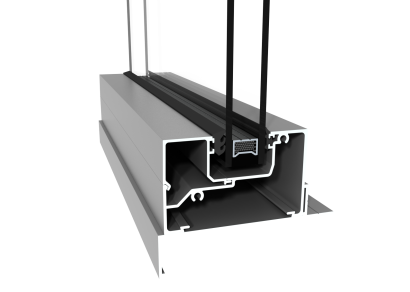


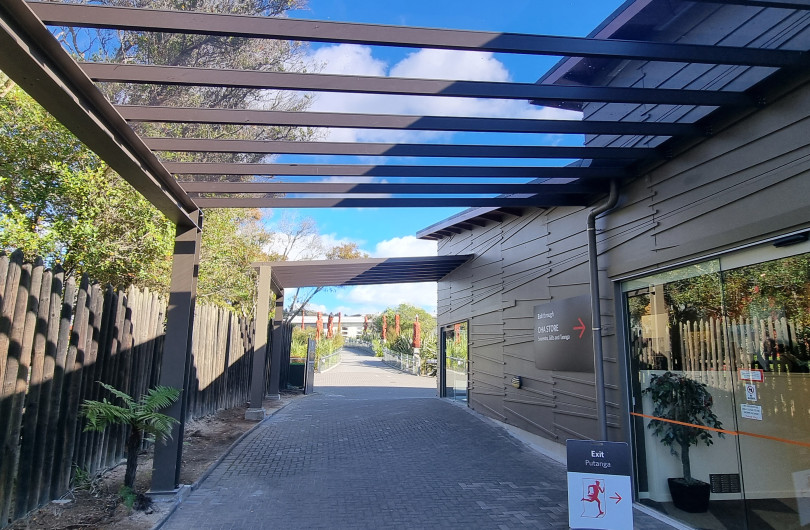
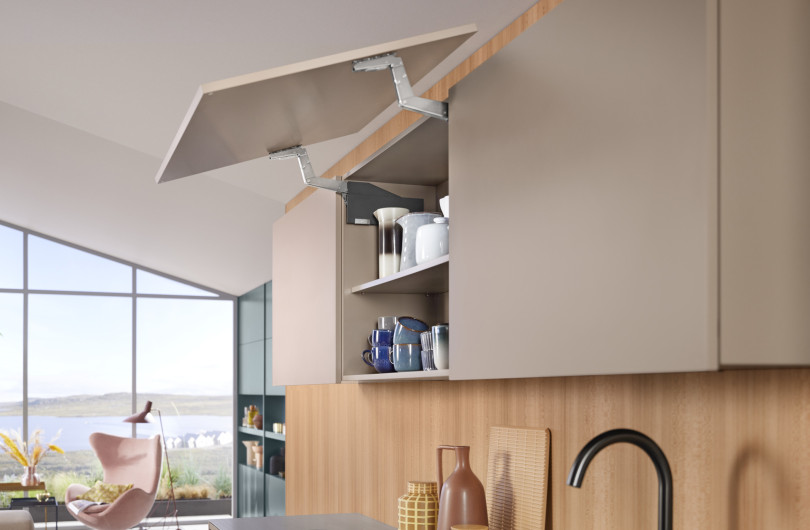
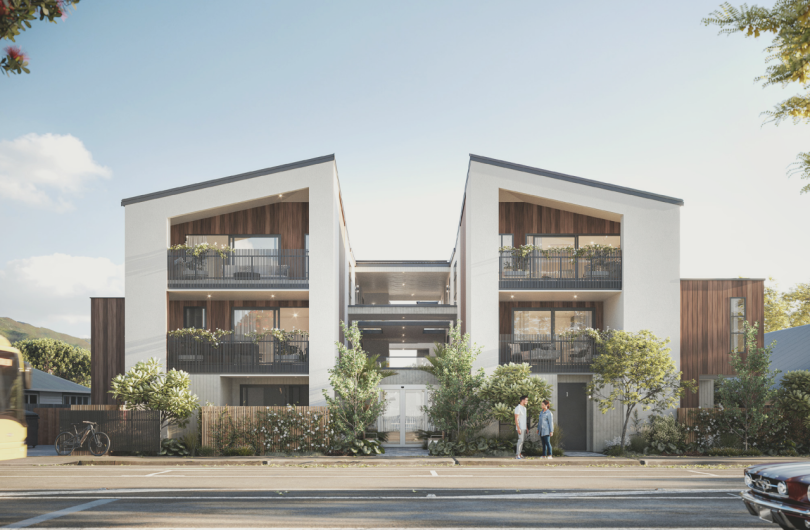



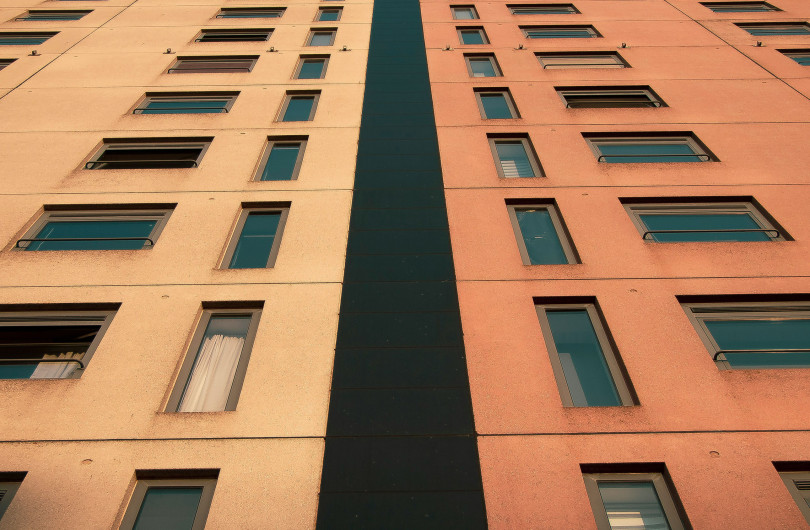







 Most Popular
Most Popular Popular Products
Popular Products


